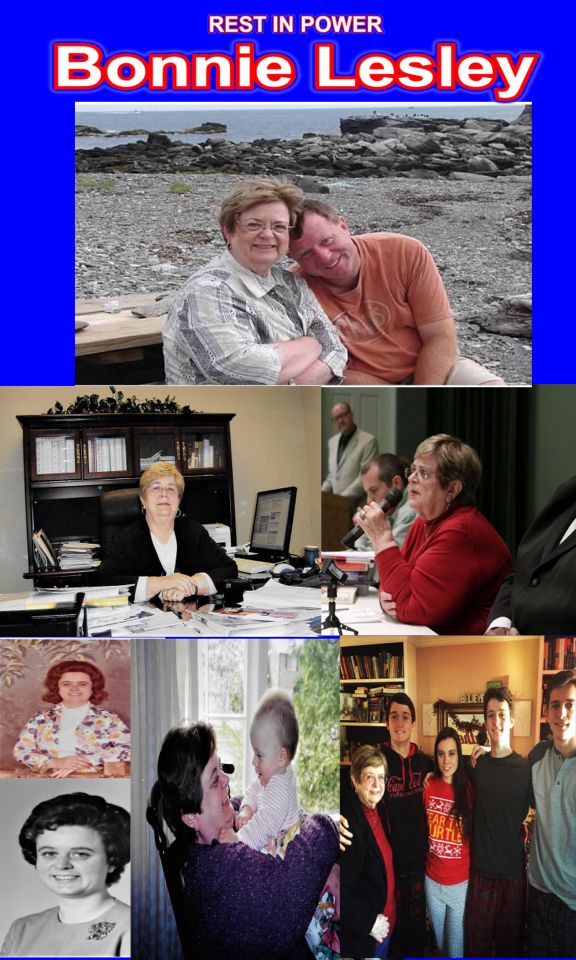Do NOT Play Russian Roulette with Our Lives – No In-Person Schooling During a Pandemic
Are you responsible for gambling with another person’s life?
The Pennsylvania Supreme Court says “yes.”
Back in 1947, James Malone, 17, and William Long, 13, played a version of Russian Roulette during a sleepover.
Malone stole a revolver from his uncle and Long sneaked into his father’s room and got a bullet.
They put the cartridge in a chamber, spun the cylinder and then took turns pointing the gun at each other and pulling the trigger. On the third try, Malone put the gun to Long’s head, pulled the trigger and the gun fired, killing Long.
Malone was convicted of second degree murder even though he said he hadn’t intended to kill his friend.
The case, Commonwealth v. Malone, eventually went to the state Supreme Court where justices upheld the conviction.
“When an individual commits an act of gross recklessness without regard to the probability that death to another is likely to result, that individual exhibits the state of mind required to uphold a conviction of manslaughter even if the individual did not intend for death to ensue.”
Lawmakers and school administrators better CONTINUE READING: Do NOT Play Russian Roulette with Our Lives – No In-Person Schooling During a Pandemic | gadflyonthewallblog




























